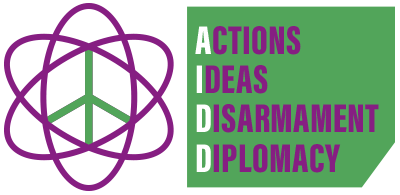This is the fifth blog post in a series on official transparency reporting, where it struggles, and the important role civil society often plays in monitoring and improving global understanding of the trade and use of conventional weapons.
by Natalie Goldring via Forum on the Arms Trade
The United Nations is not known for its command of acronyms. So when countries reached agreement on an instrument to control the illicit arms trade, its unwieldy title was, “The United Nations Programme of Action to Prevent, Combat, and Eradicate the Illicit Trade in Small Arms and Light Weapons in All its Aspects.†In this post, I’ll use the shorthand “Programme of Actionâ€, or “PoA’.
The Programme of Action was agreed in 2001 after a great deal of discord and acrimony, and with considerable uncertainty about its prospects. Although it still needs strengthening, fifteen years later, the PoA is a pillar of the nascent regime to exercise better control over the international arms trade. The PoA recommends action on national, regional, and global levels. The assembled governments committed themselves to addressing the illicit trade in small arms and light weapons by developing or strengthening norms to prevent, combat, and eradicate the illicit trade, manufacturing of and trafficking in small arms and light weapons, with a particular emphasis on post-conflict situations and excessive and destabilizing accumulations of small arms and light weapons.
From 6-10 June, governments will gather at the United Nations to discuss progress in implementing the Programme of Action, at the sixth Biennial Meeting of States (BMS6). One key area for improvement is taking advantage of potential points of synergy between the Programme of Action and the Arms Trade Treaty; another is fully integrating ammunition into the Programme of Action.
As part of the implementation of the Programme of Action, States are requested to report on their activities in many substantive and procedural areas. They’re asked, for example, to report on whether small arms and light weapons (SALW) are manufactured in their countries, and if so, what laws, regulations, and administrative procedures regulate SALW manufacture. They are also asked to report on issues such as stockpile security, marking and tracing weapons, and procedures governing brokering, among other issues.
As of 1 June, more than 70 countries have reported on their PoA activities over the last two years, including each of the top ten conventional arms suppliers identified by the Stockholm International Peace Research Institute and six of the leading recipients. The country reports provide a useful starting point for discussion during the conference, as do the proposals circulated in advance by several countries and regional organizations, which are available at: www.un.org/disarmament/bms6/
See full article here.
